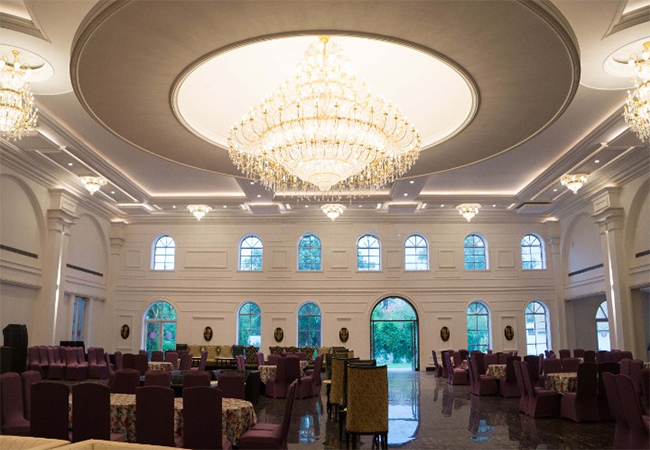
Sustainable office space
June 21, 2025
Creating a sustainable office space involves integrating environmentally responsible and resource-efficient practices throughout a building’s life cycle—from design and construction to operation and maintenance. Here are key ideas and strategies for a sustainable office:
✅ 1. Energy Efficiency
- Natural Light Optimization: Maximize daylight through open layouts, skylights, and large windows to reduce artificial lighting needs.
- LED Lighting & Sensors: Use LED fixtures with occupancy and daylight sensors to conserve energy.
- Energy-Efficient HVAC: Install energy-rated heating, ventilation, and cooling systems; consider using variable refrigerant flow (VRF) systems.
✅ 2. Eco-Friendly Materials
- Recycled & Reclaimed Materials: Use recycled steel, reclaimed wood, and low-carbon concrete.
- Low-VOC Paints & Adhesives: Improve indoor air quality with low or zero volatile organic compound materials.
- Modular Furniture: Choose durable and recyclable furniture with minimal environmental impact.
✅ 3. Water Conservation
- Low-Flow Fixtures: Install water-saving faucets, toilets, and urinals.
- Greywater Recycling: Reuse water for landscaping or non-potable purposes.
- Rainwater Harvesting: Collect and store rainwater for flushing or irrigation.
✅ 4. Green Interior Design
- Biophilic Elements: Incorporate indoor plants, green walls, or natural materials to enhance well-being and reduce indoor pollution.
- Flexible Workspaces: Promote activity-based working to reduce physical footprint and improve space utilization.
- Thermal Comfort Design: Use passive design elements like insulation, shading devices, or operable windows.
✅ 5. Smart Technology Integration
- Smart Building Systems: Monitor and control lighting, temperature, and security for maximum efficiency.
- Digital Twin or BMS (Building Management Systems): For real-time data analysis and performance optimization.
✅ 6. Waste Reduction
- Recycling Stations: Provide accessible recycling and compost bins.
- Paperless Office Initiatives: Encourage digital workflows and cloud storage.
- Minimalist Design Approach: Reduce clutter and unnecessary materials to emphasize sustainability.





No Comments
Sorry, the comment form is closed at this time.